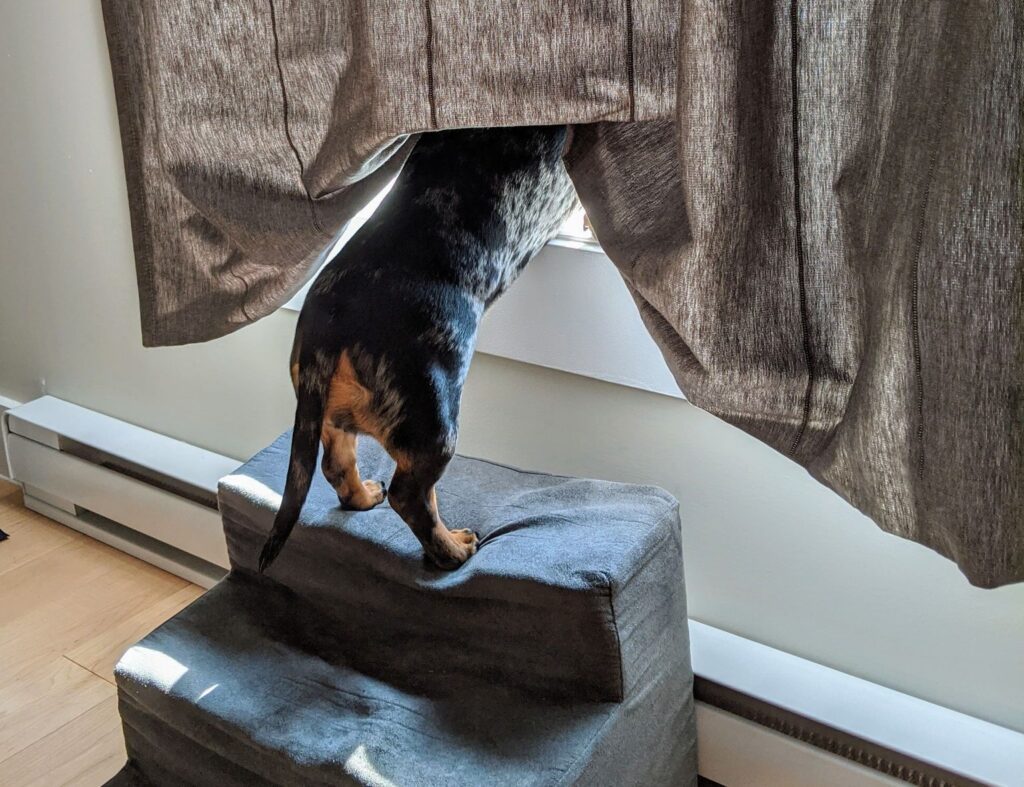Hip dysplasia is a common skeletal condition in dogs, particularly affecting larger breeds, though it can impact dogs of any size. This condition, characterised by a malformation of the hip joint, leads to discomfort, pain, and reduced quality of life. Early detection and intervention can significantly enhance your dog’s wellbeing. In this blog post, we delve into the early signs of hip dysplasia in dogs and discuss initial care strategies, including effective dog hip dysplasia home treatment.
Understanding Hip Dysplasia
Before exploring the signs, it’s crucial to understand what hip dysplasia is. In dogs with hip dysplasia, the ball and socket of the hip joint do not fit or develop properly; this mismatch can lead to joint instability, wear, and tear over time. Genetics, diet, and rapid weight gain are key factors contributing to the development of this condition.
Early Signs to Watch For
Identifying hip dysplasia early in your dog’s life can be pivotal. Here are some signs that may indicate your dog is suffering from this condition:
- Limping or Lameness: One of the first noticeable signs is a change in walking patterns, such as limping or favouring one leg over the other.
- Difficulty Rising or Jumping: Dogs with hip dysplasia may struggle to get up from a resting position or hesitate before jumping onto furniture or into the car.
- Reduced Activity Levels: A once energetic dog becoming noticeably less active or reluctant to engage in play can be a red flag.
- Stiffness: Especially observable after rest or during colder weather, stiffness can be an early indicator of joint issues.
- “Bunny Hopping” Gait: A distinctive running pattern where the dog uses both hind legs together rather than alternately can indicate discomfort in the hip area.
- Audible Sounds: Grinding or popping noises coming from the dog’s hips during movement can suggest joint problems.
Initial Care Strategies
If you suspect your dog may have hip dysplasia, consult a veterinarian for a definitive diagnosis. Meanwhile, there are steps you can take at home to ease discomfort and slow the progression of the disease:
- Weight Management: Keeping your dog at a healthy weight reduces stress on the hips – a balanced diet and regular, gentle exercise are key.
- Physical Therapy: Specific exercises recommended by your vet can strengthen the muscles around the hip joints, providing support and reducing pain.
- Comfortable Resting Areas: Orthopaedic dog beds can offer better support for a dog’s joints, promoting more restful sleep.
- Supplements: Certain dietary supplements can support joint health. Always consult with your vet before introducing any new supplements to your dog’s diet.
- Pain Management: Your veterinarian can recommend medications to alleviate pain and inflammation. Never give human medications to dogs without veterinary advice.
The Way Forward
Hip dysplasia in dogs can be challenging, but early recognition and proactive management can greatly improve your furry friend’s quality of life. Remember, every dog is unique, and what works best for one may not suit another. Collaborating closely with your vet will ensure that your dog receives the most effective care tailored to their specific needs. By understanding the early signs of hip dysplasia and initiating prompt, supportive care, you can help your dog lead a more comfortable and active life.







